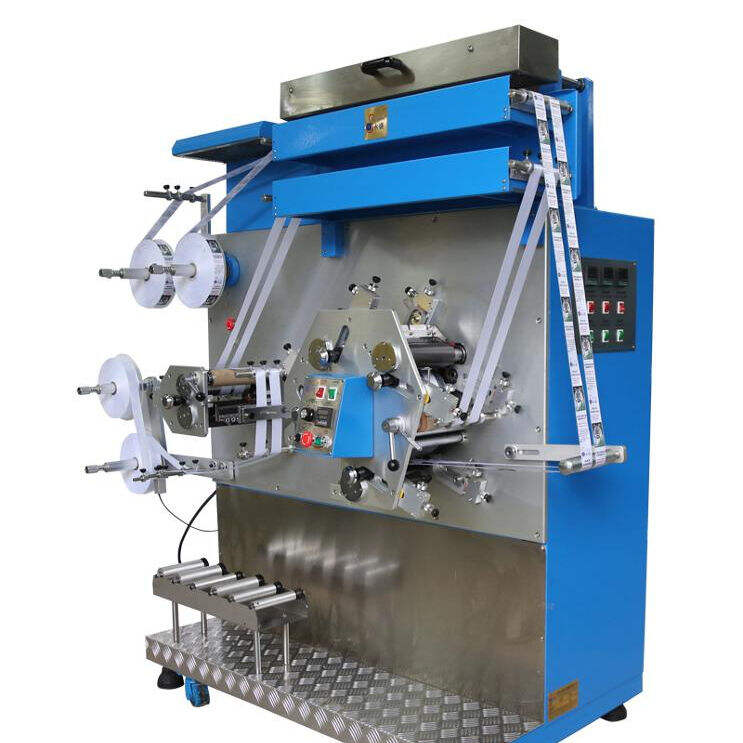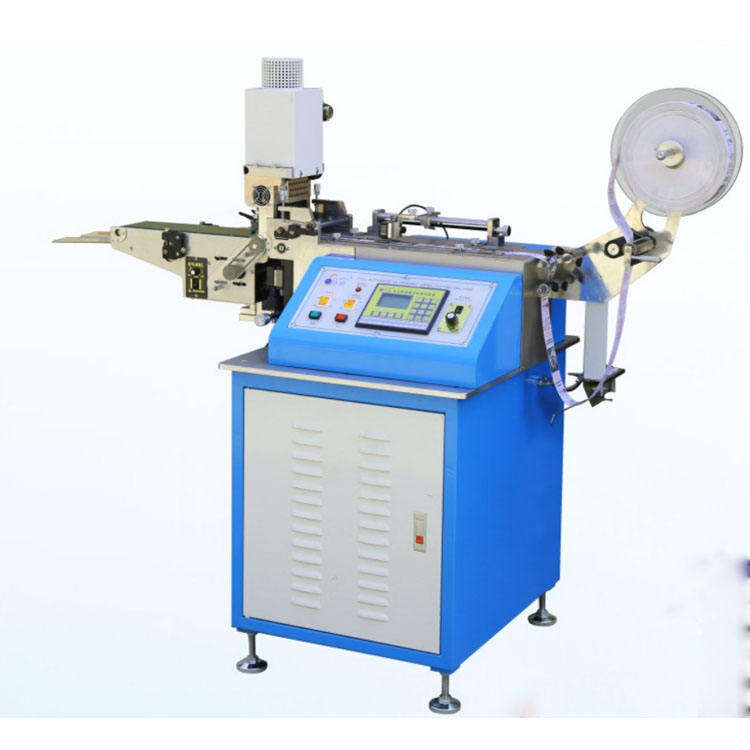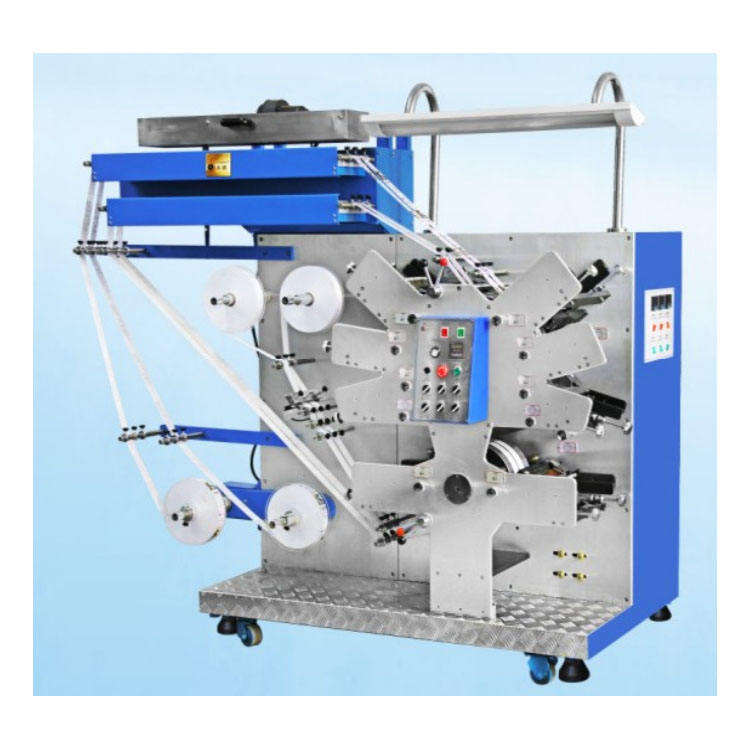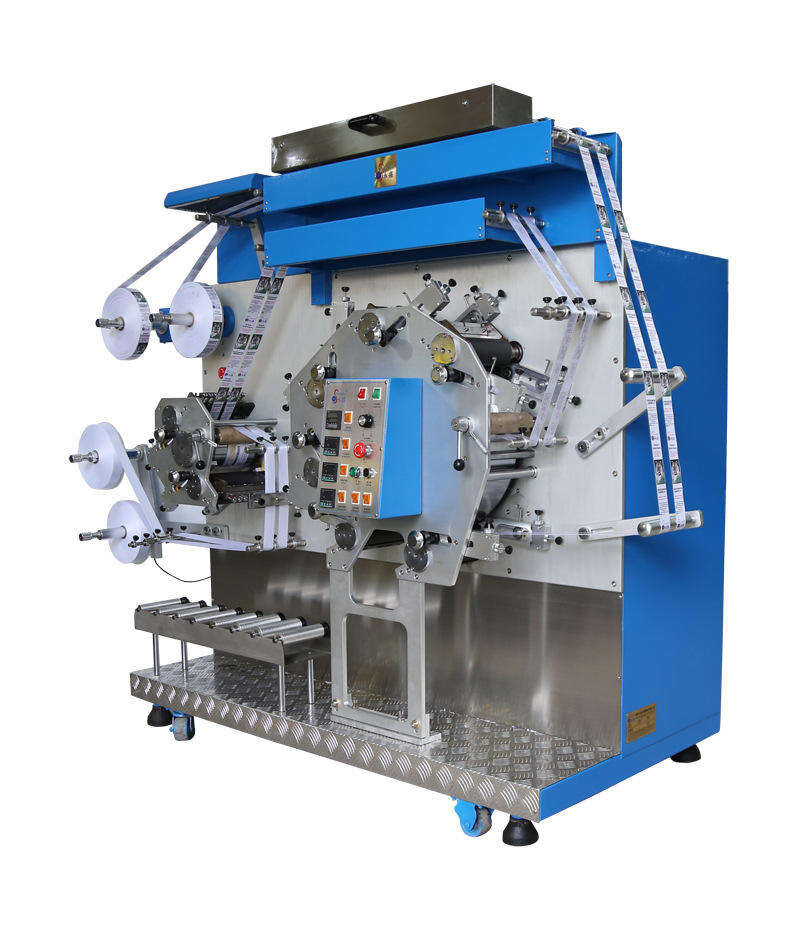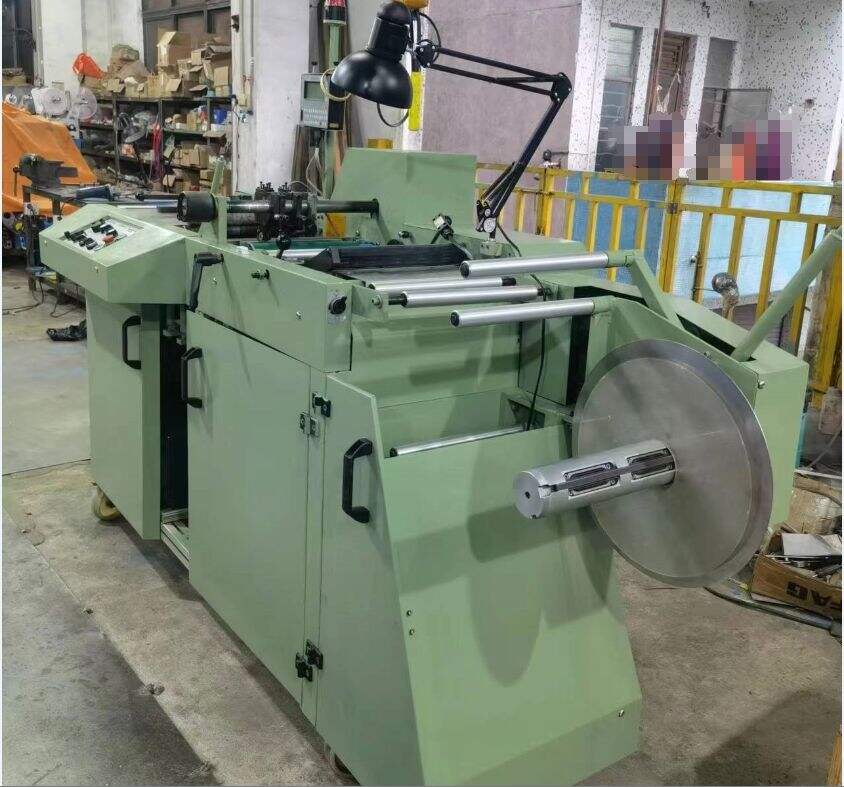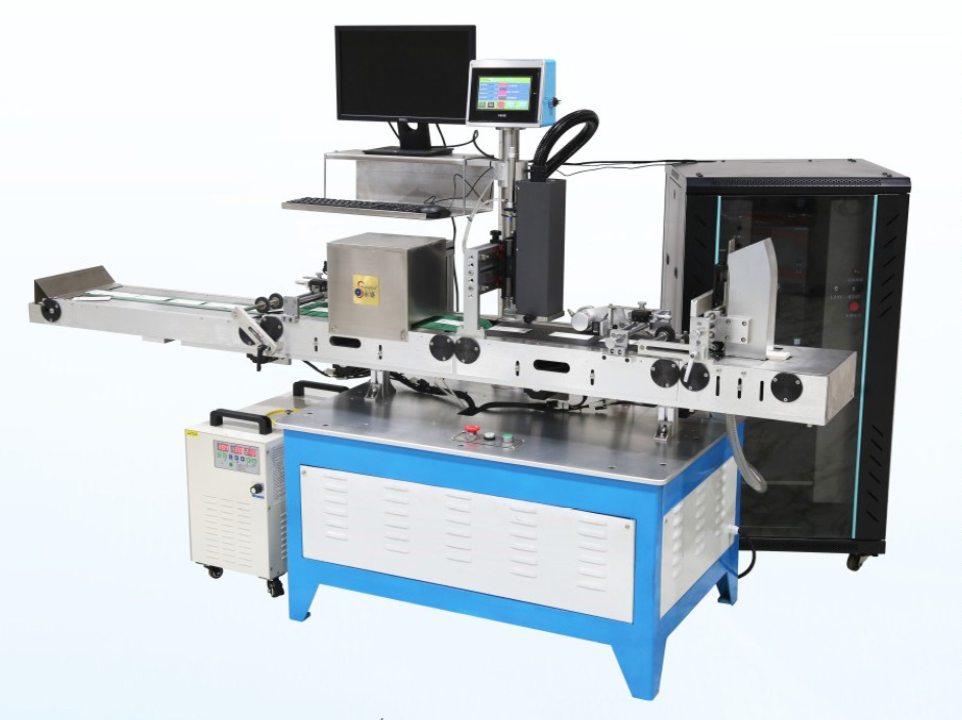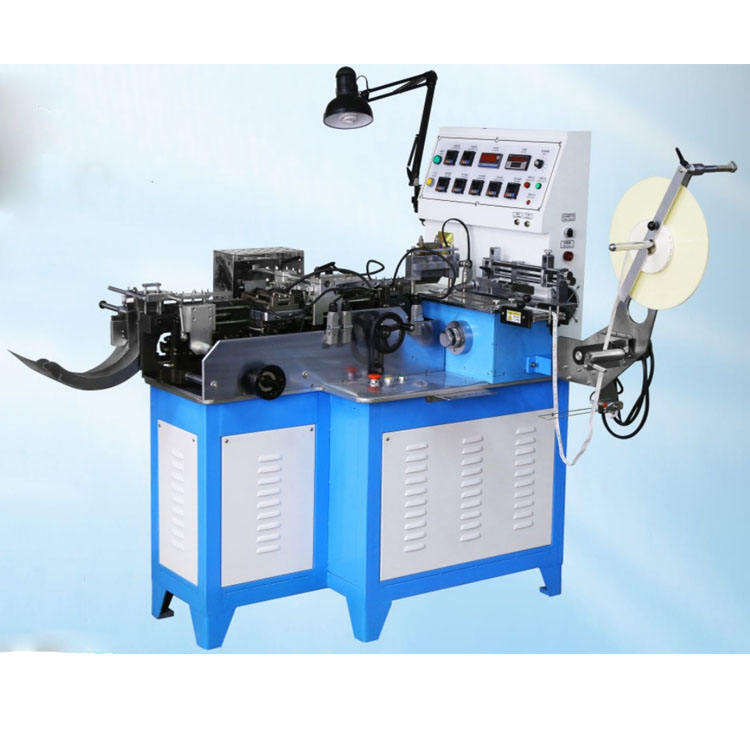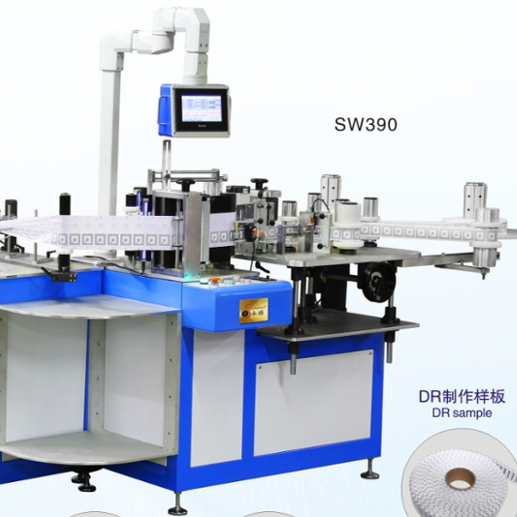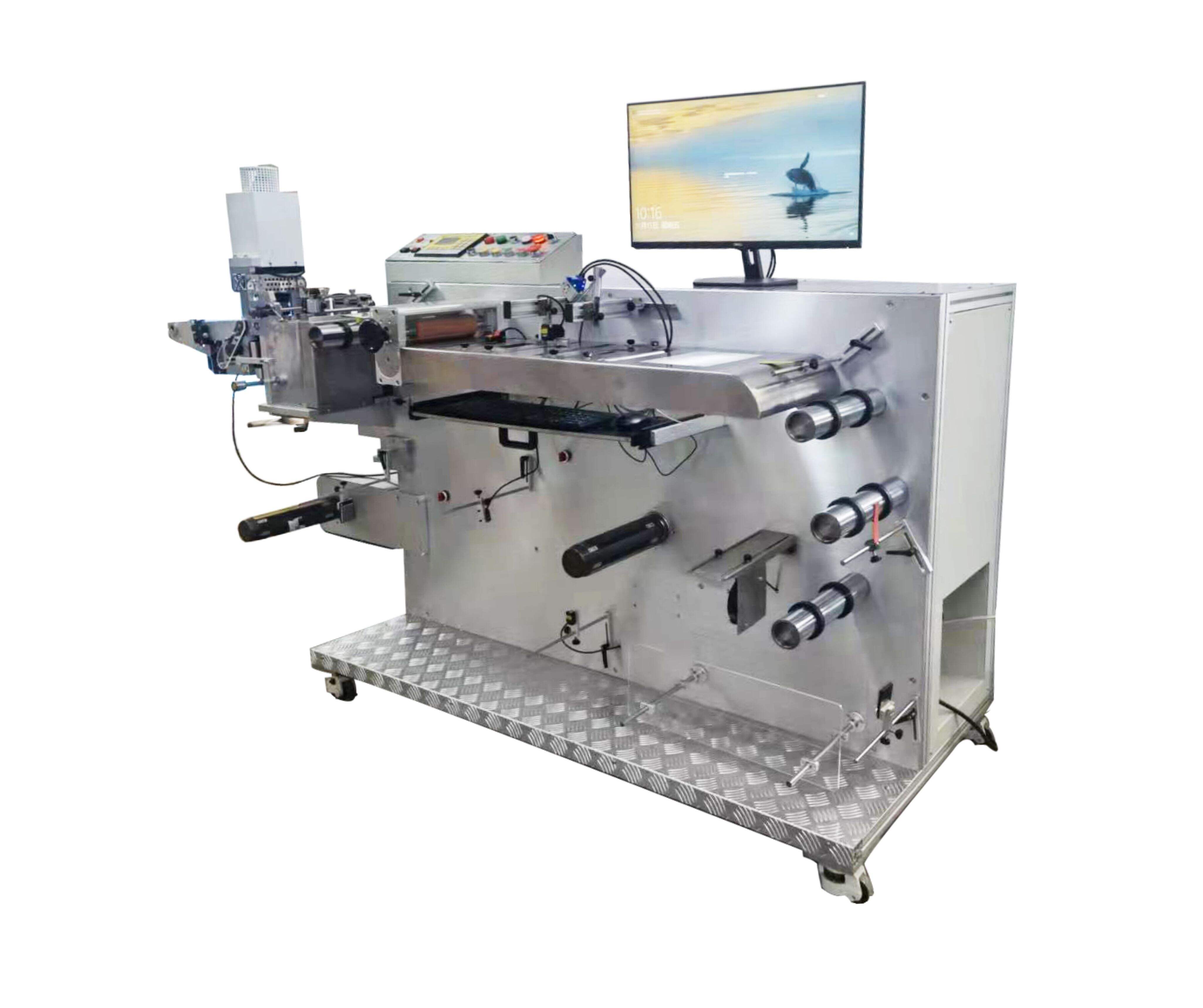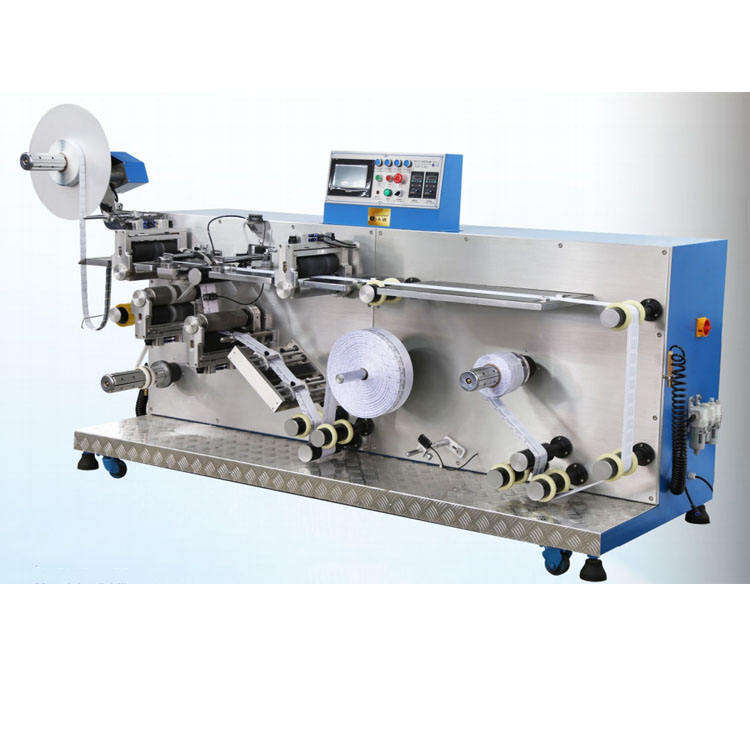Pourquoi les machines de coupe automatiques sont essentielles dans la production de masse
La révolution de la fabrication moderne grâce à la technologie de découpe automatisée
Dans le paysage industriel actuel en évolution rapide, les machines de découpe automatiques sont devenues la colonne vertébrale d'une production de masse efficace. Ces systèmes sophistiqués ont transformé les processus de fabrication dans divers secteurs, allant de l'automobile et de l'aérospatiale aux textiles et à la transformation alimentaire. En combinant précision, rapidité et régularité, les machines de découpe automatiques permettent aux fabricants de répondre à une demande croissante sur le marché tout en maintenant des normes de haute qualité.
L'intégration des machines de découpe automatique dans les lignes de production représente un progrès significatif en matière de capacité industrielle. Ces systèmes réduisent non seulement les erreurs humaines et le gaspillage de matériaux, mais augmentent également considérablement la capacité de production. Alors que les industries continuent d'évoluer et que la concurrence s'intensifie, le rôle de la technologie de découpe automatisée devient de plus en plus crucial pour conserver un avantage concurrentiel sur le marché mondial.
Comprendre la technologie de découpe automatisée
Composants principaux et fonctionnalité
Les machines de découpe automatique comprennent plusieurs composants sophistiqués fonctionnant en harmonie. Le mécanisme de découpe, généralement alimenté par laser, plasma ou outils mécaniques, fonctionne sous un contrôle informatique précis. Les systèmes de commande de mouvement guident la tête de découpe le long de trajectoires prédéterminées, tandis que les systèmes de manipulation des matériaux assurent un flux de travail fluide. Des capteurs avancés et des systèmes de surveillance maintiennent le contrôle qualité tout au long du processus.
L'intégration de l'intelligence artificielle et des capacités d'apprentissage automatique a encore amélioré les fonctionnalités des machines de découpe automatique. Ces systèmes peuvent désormais s'adapter aux propriétés variables des matériaux, optimiser les motifs de découpe et même prévoir les besoins de maintenance avant que des pannes ne surviennent.
Types de solutions de découpe automatique
Différents secteurs nécessitent des solutions de découpe spécialisées pour répondre à leurs exigences spécifiques. Les systèmes de découpe laser excellent dans la fabrication précise de métaux, tandis que les découpeuses à jet d'eau traitent des matériaux allant de l'acier à la pierre. Les découpeuses plasma offrent un traitement à grande vitesse des matériaux conducteurs, et les découpeuses ultrasoniques sont idéales pour les matériaux synthétiques souples.
Chaque technologie de découpe apporte des avantages distincts dans les scénarios de production de masse. Le choix du système dépend de facteurs tels que les propriétés du matériau, le volume de production, les exigences de précision et les considérations de coût.

Avantages de l'automatisation dans les processus de découpe
Précision et Régularité Améliorées
Les machines de découpe automatiques offrent une précision inégalée dans chaque coupe, en maintenant des tolérances strictes tout au long des séries de production prolongées. Cette régularité est particulièrement précieuse dans les industries où l'uniformité des composants influence directement la qualité du produit et l'efficacité de l'assemblage.
L'élimination des erreurs humaines dans le processus de découpe entraîne une réduction significative des déchets et des besoins de retouche. Les machines modernes de découpe automatique peuvent atteindre une précision allant jusqu'à 0,001 pouce, garantissant une répétabilité parfaite sur des milliers de composants.
Une production plus efficace
La mise en œuvre de machines de découpe automatiques améliore considérablement le débit de production. Ces systèmes peuvent fonctionner en continu pendant de longues périodes, nécessitant une intervention minimale de l'opérateur. La combinaison d'une opération à haute vitesse et de temps de réglage réduits se traduit par une production journalière nettement supérieure par rapport aux méthodes de découpe manuelle.
Les logiciels avancés de nesting optimisent l'utilisation des matériaux, tandis que les systèmes automatisés de manutention minimisent les temps d'arrêt entre les opérations de découpe. Cette efficacité se traduit directement par une rentabilité accrue et un retour sur investissement plus rapide.
Impact sur l'économie manufacturière
Réduction des Coûts et Optimisation des Ressources
Bien que l'investissement initial dans les machines de découpe automatiques puisse être important, les avantages économiques à long terme sont convaincants. La réduction des coûts de main-d'œuvre, les pertes minimales de matériaux et la capacité de production accrue contribuent à un coût unitaire plus faible. La précision des systèmes automatisés minimise également le gaspillage de matériaux, améliorant ainsi davantage les marges bénéficiaires.
Les fonctionnalités d'efficacité énergétique des machines de découpe modernes permettent de réduire les coûts d'exploitation, tandis que les capacités de maintenance prédictive évitent les arrêts imprévus coûteux. Ces facteurs s'associent pour créer une opération de fabrication plus durable et plus rentable.
Assurance qualité et compétitivité sur le marché
La qualité constante obtenue grâce aux machines de découpe automatiques aide les fabricants à maintenir leur position concurrentielle sur des marchés exigeants. Les fonctionnalités avancées de contrôle qualité, incluant la surveillance en temps réel et les systèmes d'inspection automatisés, garantissent que chaque composant répond aux normes spécifiées.
Cette fiabilité renforce la confiance des clients et contribue à l'obtention de contrats à long terme, notamment dans les industries aux exigences strictes en matière de qualité, comme l'aérospatiale et la fabrication de dispositifs médicaux.
Tendances futures de la technologie de découpe automatisée
Intégration avec l'industrie 4.0
L'évolution des machines de découpe automatique se poursuit avec l'intégration des principes de l'industrie 4.0. La connectivité intelligente permet une surveillance en temps réel de la production, une maintenance prédictive et une optimisation automatisée des flux de travail. Ces avancées améliorent encore l'efficacité et la fiabilité des opérations de découpe.
Les systèmes basés sur le cloud permettent une surveillance et une commande à distance, tandis que la technologie du jumeau numérique permet d'optimiser virtuellement les processus de découpe avant leur mise en œuvre physique. Ces fonctionnalités représentent l'avenir de la fabrication automatisée.
Pratiques de fabrication durables
Les machines de découpe modernes intègrent des fonctionnalités conçues pour minimiser l'impact environnemental. Les systèmes économes en énergie, une utilisation optimale des matériaux et une réduction de la production de déchets contribuent à des pratiques de fabrication plus durables. Ces considérations gagnent en importance alors que les industries sont de plus en plus poussées à réduire leur empreinte environnementale.
Les fabricants explorent également de nouvelles technologies de découpe qui éliminent le besoin de fluides de refroidissement nocifs et réduisent la consommation d'énergie tout en maintenant des normes élevées de performance.
Questions fréquemment posées
Quelles sont les exigences de maintenance des machines de découpe automatiques ?
Les machines de découpe automatiques nécessitent un entretien régulier comprenant des vérifications de calibration, l'inspection de la tête de découpe et le remplacement des filtres. Toutefois, les systèmes modernes disposent de capacités de maintenance prédictive qui réduisent considérablement les arrêts imprévus et simplifient la planification de la maintenance.
Comment les machines de découpe automatiques traitent-elles différents matériaux ?
Les machines de découpe automatiques modernes peuvent être configurées pour traiter une grande variété de matériaux grâce à des paramètres de découpe réglables, des outillages spécialisés et une programmation spécifique aux matériaux. Les systèmes optimisent automatiquement la vitesse de découpe, la puissance et d'autres variables en fonction des propriétés du matériau.
Quel est le retour sur investissement typique pour les machines de découpe automatiques ?
La période de retour sur investissement pour les machines de découpe automatiques se situe généralement entre 12 et 36 mois, selon le volume de production, les coûts des matériaux et les gains d'efficacité opérationnelle. Des facteurs tels que la réduction des coûts de main-d'œuvre, une meilleure utilisation des matériaux et une capacité de production accrue contribuent à raccourcir la période de rentabilisation.
Produits recommandés
Actualités à la Une
-
Réfléchissez à la signification culturelle de l'imprimerie dans la préservation et la diffusion des connaissances
2023-12-08
-
Le rôle de l'imprimerie dans l'économie mondiale
2023-12-08
-
Impact environnemental : analyser l'empreinte écologique de l'industrie de l'impression
2023-12-08
-
La Frontière de l'Impression : L'Impression 3D et sa Renaissance Industrielle
2023-12-08
-
L'Évolution et l'Impact de la Presse Imprimante
2023-12-08
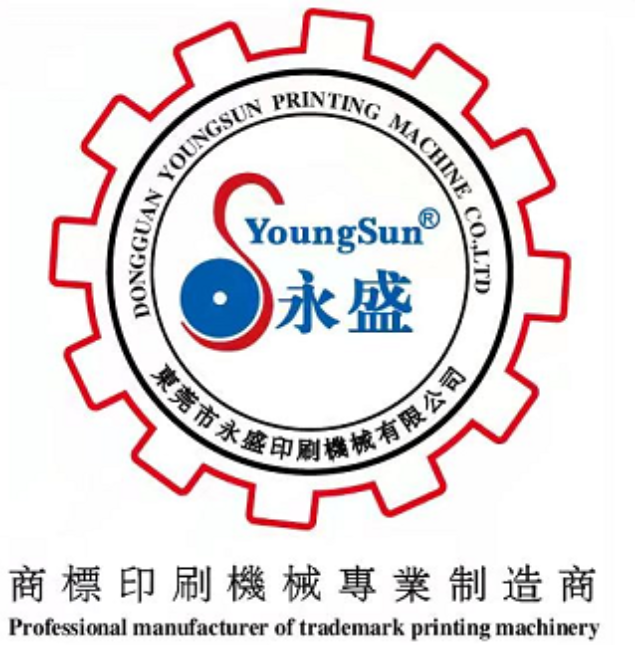
 EN
EN
 AR
AR
 CS
CS
 DA
DA
 NL
NL
 FI
FI
 FR
FR
 DE
DE
 EL
EL
 HI
HI
 IT
IT
 JA
JA
 KO
KO
 PL
PL
 PT
PT
 RO
RO
 RU
RU
 ES
ES
 SV
SV
 IW
IW
 ID
ID
 VI
VI
 SQ
SQ
 HU
HU
 MT
MT
 TH
TH
 TR
TR
 AF
AF
 GA
GA
 BN
BN
 BS
BS
 LO
LO
 LA
LA
 MI
MI
 MN
MN
 NE
NE
 MY
MY
 KK
KK
 UZ
UZ
 KY
KY
